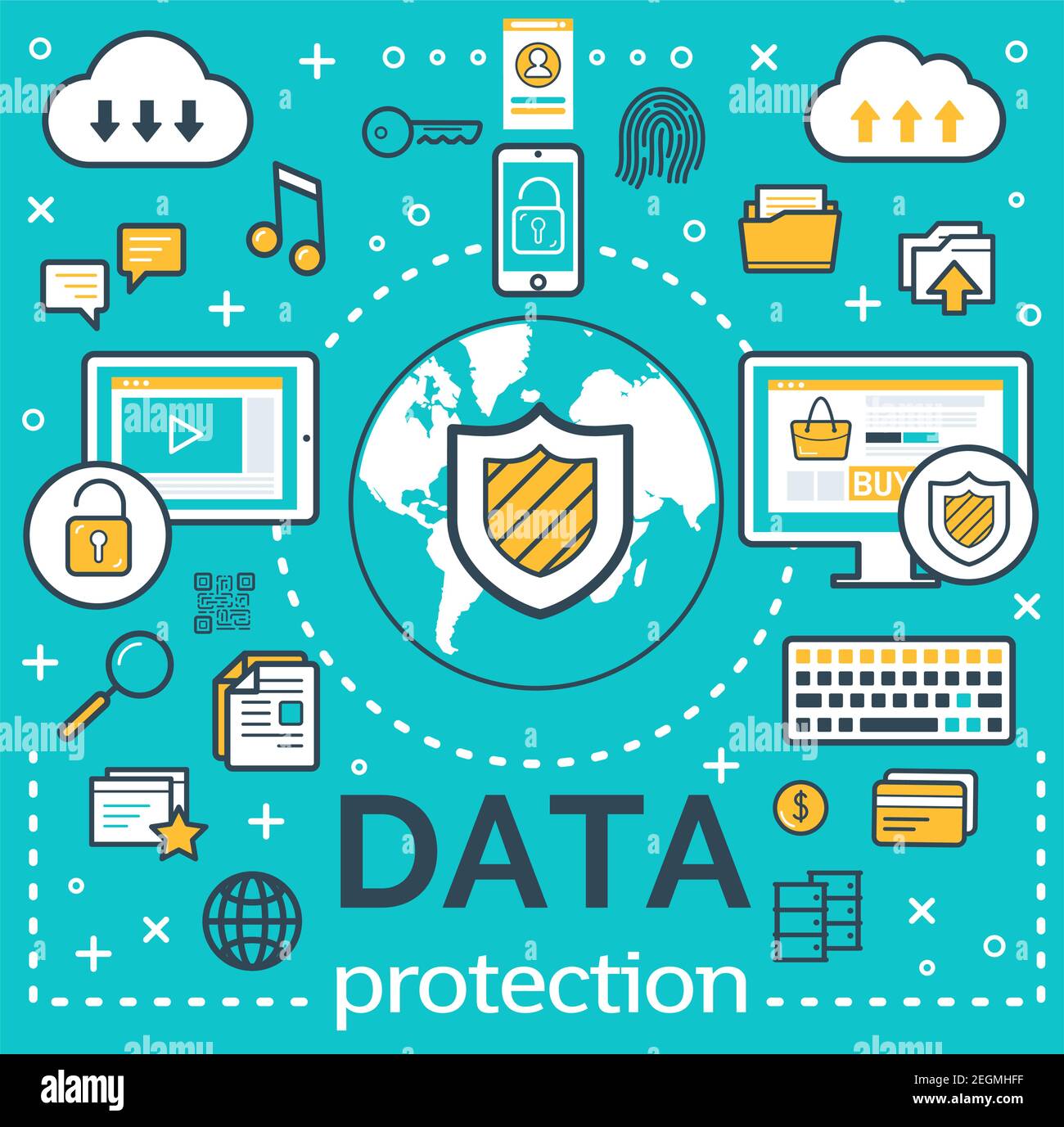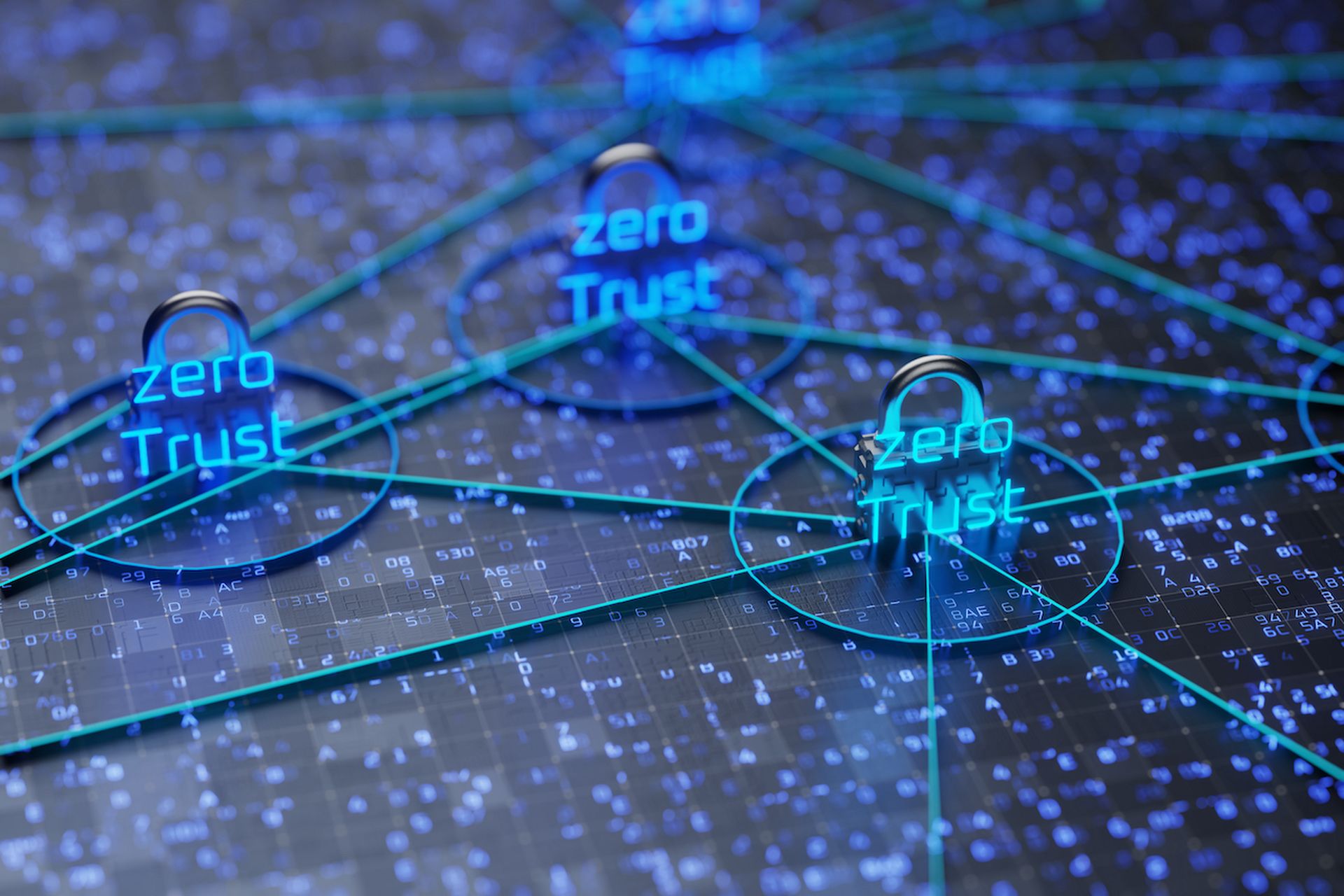FFT Pipeline Protection: Advanced Technologies to Safeguard Your Pipeline Infrastructure
FFT Pipeline Protection: Advanced Technologies to Safeguard Your Pipeline Infrastructure
Blog Article
Exactly How Data and Network Protection Secures Against Arising Cyber Hazards
In a period noted by the quick advancement of cyber hazards, the relevance of information and network safety has never been a lot more noticable. Organizations are increasingly reliant on innovative safety steps such as file encryption, gain access to controls, and positive monitoring to guard their electronic assets. As these threats come to be extra intricate, comprehending the interplay in between data security and network defenses is important for minimizing dangers. This discussion intends to explore the critical parts that fortify an organization's cybersecurity posture and the methods required to remain ahead of possible vulnerabilities. What remains to be seen, nonetheless, is exactly how these actions will advance when faced with future obstacles.
Comprehending Cyber Risks

The ever-evolving nature of innovation consistently presents new susceptabilities, making it necessary for stakeholders to stay vigilant. People may unknowingly come down with social design tactics, where attackers control them right into revealing sensitive details. Organizations face special obstacles, as cybercriminals typically target them to exploit important information or disrupt operations.
In addition, the rise of the Web of Points (IoT) has broadened the strike surface, as interconnected gadgets can offer as entry points for attackers. Acknowledging the relevance of durable cybersecurity techniques is essential for alleviating these threats. By fostering an extensive understanding of cyber threats, organizations and individuals can apply reliable techniques to safeguard their digital assets, making certain durability in the face of a significantly intricate threat landscape.
Trick Parts of Information Protection
Ensuring data safety and security requires a diverse method that includes different essential elements. One basic component is information security, which changes sensitive information into an unreadable style, easily accessible only to licensed users with the appropriate decryption keys. This acts as a vital line of defense against unapproved accessibility.
An additional crucial part is gain access to control, which regulates who can watch or adjust data. By executing strict user authentication methods and role-based gain access to controls, organizations can minimize the threat of insider threats and information violations.

Additionally, information masking techniques can be employed to protect sensitive information while still permitting its usage in non-production settings, such as screening and growth. fft perimeter intrusion solutions.
Network Security Strategies
Implementing durable network protection approaches is crucial for guarding an organization's digital infrastructure. These strategies entail a multi-layered strategy that consists of both software and hardware solutions designed to protect the honesty, discretion, and accessibility of data.
One critical part of network safety page is the try these out implementation of firewalls, which serve as an obstacle between relied on internal networks and untrusted outside networks. Firewalls can be hardware-based, software-based, or a mix of both, and they assist filter inbound and outbound traffic based upon predefined safety and security rules.
In addition, invasion detection and avoidance systems (IDPS) play an important duty in checking network web traffic for dubious activities. These systems can signal administrators to potential violations and do something about it to alleviate risks in real-time. Regularly patching and upgrading software is likewise critical, as vulnerabilities can be manipulated by cybercriminals.
Furthermore, carrying out Virtual Private Networks (VPNs) ensures protected remote gain access to, securing data sent over public networks. Last but not least, segmenting networks can reduce the strike surface and contain possible violations, limiting their effect on the total infrastructure. By adopting these techniques, companies can efficiently strengthen their networks versus arising cyber threats.
Best Practices for Organizations
Establishing finest practices for organizations is crucial in maintaining a strong safety and security position. An extensive technique to data and network safety starts with regular threat assessments to recognize susceptabilities and prospective risks.
Additionally, continual worker training and understanding programs are essential. Staff members must be educated on recognizing my latest blog post phishing efforts, social engineering methods, and the value of adhering to security methods. Routine updates and spot administration for software and systems are additionally important to protect versus understood susceptabilities.
Organizations need to develop and check event action prepares to make certain preparedness for possible breaches. This consists of developing clear communication networks and functions throughout a safety incident. Moreover, data file encryption need to be employed both at remainder and in transit to secure delicate information.
Lastly, conducting regular audits and conformity checks will assist make sure adherence to established plans and pertinent regulations - fft perimeter intrusion solutions. By complying with these finest techniques, companies can substantially boost their durability versus arising cyber hazards and protect their vital possessions
Future Trends in Cybersecurity
As companies browse an increasingly complex electronic landscape, the future of cybersecurity is positioned to advance substantially, driven by emerging modern technologies and changing hazard standards. One prominent trend is the assimilation of fabricated intelligence (AI) and artificial intelligence (ML) into protection structures, permitting real-time risk detection and reaction automation. These technologies can evaluate vast amounts of information to recognize anomalies and prospective breaches more efficiently than standard techniques.
An additional crucial fad is the surge of zero-trust architecture, which calls for continuous confirmation of customer identifications and tool protection, despite their place. This approach minimizes the threat of expert threats and improves protection versus outside assaults.
Furthermore, the raising fostering of cloud services demands robust cloud safety techniques that address one-of-a-kind vulnerabilities connected with cloud settings. As remote work comes to be a long-term fixture, safeguarding endpoints will certainly additionally end up being paramount, bring about an elevated emphasis on endpoint detection and feedback (EDR) remedies.
Last but not least, governing compliance will remain to shape cybersecurity practices, pressing organizations to take on much more rigorous data defense measures. Accepting these trends will certainly be vital for companies to fortify their defenses and browse the evolving landscape of cyber dangers effectively.
Verdict
In conclusion, the implementation of durable information and network safety procedures is crucial for companies to protect against arising cyber dangers. By using file encryption, access control, and reliable network safety methods, organizations can significantly lower vulnerabilities and protect delicate info.
In an era noted by the fast evolution of cyber threats, the value of data and network security has actually never been extra noticable. As these threats end up being much more complex, comprehending the interplay in between data protection and network defenses is vital for mitigating dangers. Cyber threats incorporate a wide range of harmful activities aimed at compromising the discretion, honesty, and schedule of data and networks. An extensive technique to data and network security begins with regular risk analyses to identify susceptabilities and possible risks.In verdict, the implementation of robust information and network security actions is important for companies to safeguard against emerging cyber hazards.
Report this page